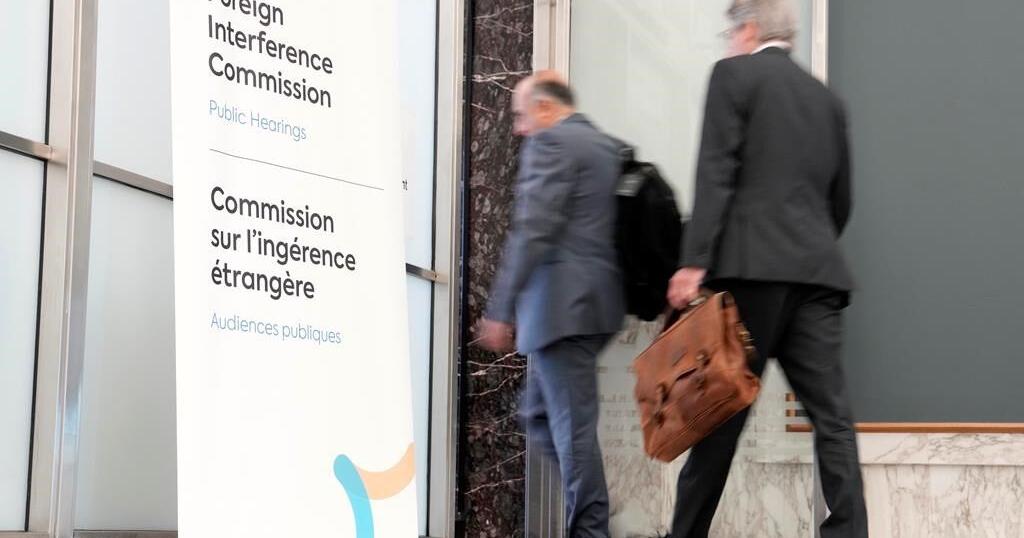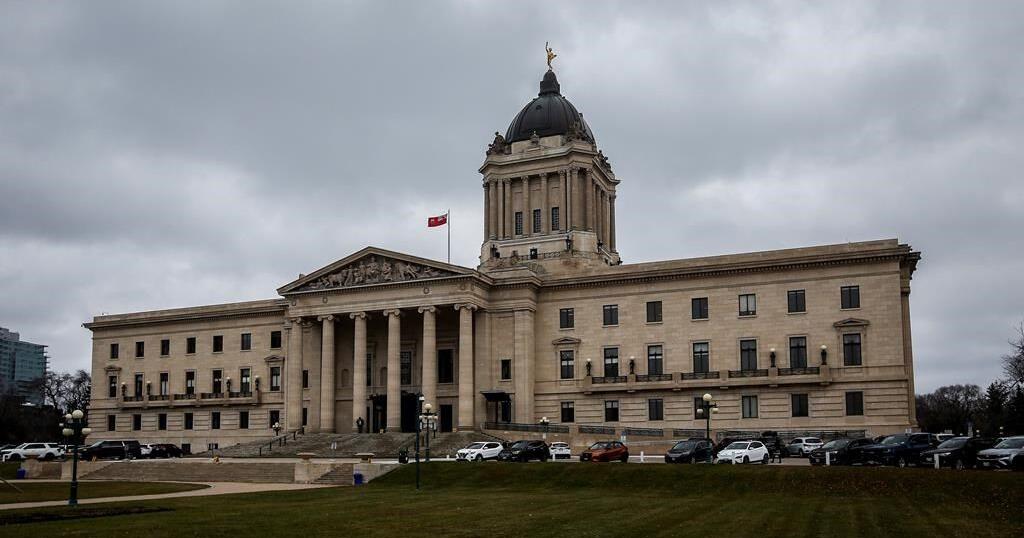OTTAWA – Canada’s foreign ministry expressed alarm about its shrinking ability to counter foreign disinformation online due to limited access to data and the evolving tactics of adversaries, a newly released memo shows.
The memo, tabled Wednesday at a federal inquiry into foreign interference, noted Canada had led the G7 Rapid Response Mechanism to identify and respond to threats to democracy through open-source data analytics.
The memo attributed to Marta Morgan, deputy minister of foreign affairs at the time, warned that this data analytics capacity had grown “increasingly constrained” in recent months — mainly because of a “sudden and unforeseen denial” of sanctioned access to data from social media platforms.
It is unclear when the memo was written, though it appears to be sometime between summer 2020 and October 2022, around the time Morgan retired from the public service.
Rapid Response Mechanism Canada, based at Global Affairs Canada, produces open data analysis to chart trends, strategies and tactics in foreign interference. The unit uses commercial and in-house tools to monitor cyberspace for signs of state-sponsored information manipulation.
Sanctioned access to social media platforms usually involves third-party commercial providers to access the platforms’ Application Programming Interface, or API, the memo noted.
“Social media platforms’ terms of service and decision-making on access to their APIs are business decisions, which do not have to consider national security or national interest.”
Should denial of access to the data persist, it would inhibit RRM Canada’s ability to provide policymakers with “situational awareness and insight about potential foreign interference online pertaining to foreign policy priorities,” the memo added.
“Our ability to support whole-of-government efforts aimed at safeguarding Canadian elections would correspondingly be limited. Our international reputation as a leader in countering disinformation online would also be eroded.”
The memo singled out particular concerns with access to data from Facebook and Twitter, now known as X.
In addition to a lack of data access, RRM Canada and other researchers doing similar work around the world face increasing difficulty in identifying foreign state-sponsored activity online “due to the evolving tactics employed by adversaries to blur the lines between domestic and foreign actors, and between overt and covert messaging,” the memo said.
“This difficulty is amplified against the backdrop of a pandemic-related infodemic and a multiplication of social media platforms leveraged by adversaries.”
In order to continue to fulfil its mandate, RRM Canada was exploring other avenues including “elevating engagement with social media platforms,” possibly through the G7, the memo added.
It said the unit would also seek to expand partnerships with civil society partners and scholars to support information and data exchange in real time.
Current officials from Global Affairs could be asked about the memo when they appear at the federal inquiry next week.
The inquiry’s latest public hearings are looking at the ability of agencies to detect, deter and counter foreign meddling, with a focus on the practices of various institutions and the experiences of diaspora communities.
An academic who studies the flow of information in an era of mistruths and polarized views told the inquiry Wednesday it is very difficult to gauge the effect of media content on people’s behaviour.
Taylor Owen, an associate professor at McGill University, said that behaviour is not determined by any one specific piece of content.
Rather, he said, it is influenced by the sum total of a person’s experiences, beliefs, values, politics and overall media consumption.
Owen is co-principal investigator of the Media Ecosystem Observatory, a collaboration between McGill and the University of Toronto, which combines large-scale online data analysis with survey research.
In an August interview with commission counsel, Owen and others involved in the initiative said restrictions on access to social media data mean the MEO is unable to obtain certain types of valuable information without spending unrealistically large amounts of money.
“Instead, researchers, including the MEO, have to obtain more limited data through their own means,” says a summary of the interview tabled at the inquiry.
This report by The Canadian Press was first published Sept. 25, 2024.

























